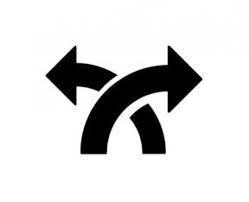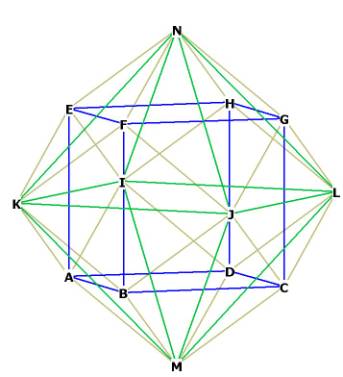|
(2016
premidterm assignment) Model Student Midterm answers 2016 (Index) Essay 1: Compare, contrast, and evaluate Narratives of the Future |
 |
Nikki
Jones
20
Feb. 2016
The Three Narratives: Hand-in-Hand
In futuristic literature there are many genres and subgenres to be found,
so much so that one could potentially get lost in them all. Three of the major
genres of futuristic literature are apocalyptic fiction, evolutionary fiction,
and alternative (future) fiction. These three genres may sound like they are
completely separate concepts, and they very well can be written as such, but
more often than not readers will find that the concepts for these genres overlap
and mesh together within their stories. Examples of these storylines are some
that we have seen in web highlight presentations so far or have read in the
class books, especially in Parable of the
Sower and Stone Lives.
Victoria Webb best described this idea when she said in her past essay,
“Perhaps religion and science fiction are not as opposing as many would
traditionally believe.” In stories that readers could potentially see as
strictly apocalyptic literature, like
Parable, other readers will recognize the growth aspects that come with
ideas of evolution. We see this the most in Lauren’s character. She is always
growing, evolving, and adapting to the steady changes that happen in her life.
When her town is burned and destroyed Lauren is forced to change her way of
living and even thinking and evolve, like we see in the theory of Social
Darwinism. Lauren truly begins to understand the world she is involuntarily
pushed into and relies on intellectual and natural instinct and comes to
understand the concept of survival of the fittest. Lauren proves that she is
aware and that she even accepts this concept by having her own religion,
Earthseed, revolve around the ideal that “God is Change” (Butler 1).
 |
 |
 |
